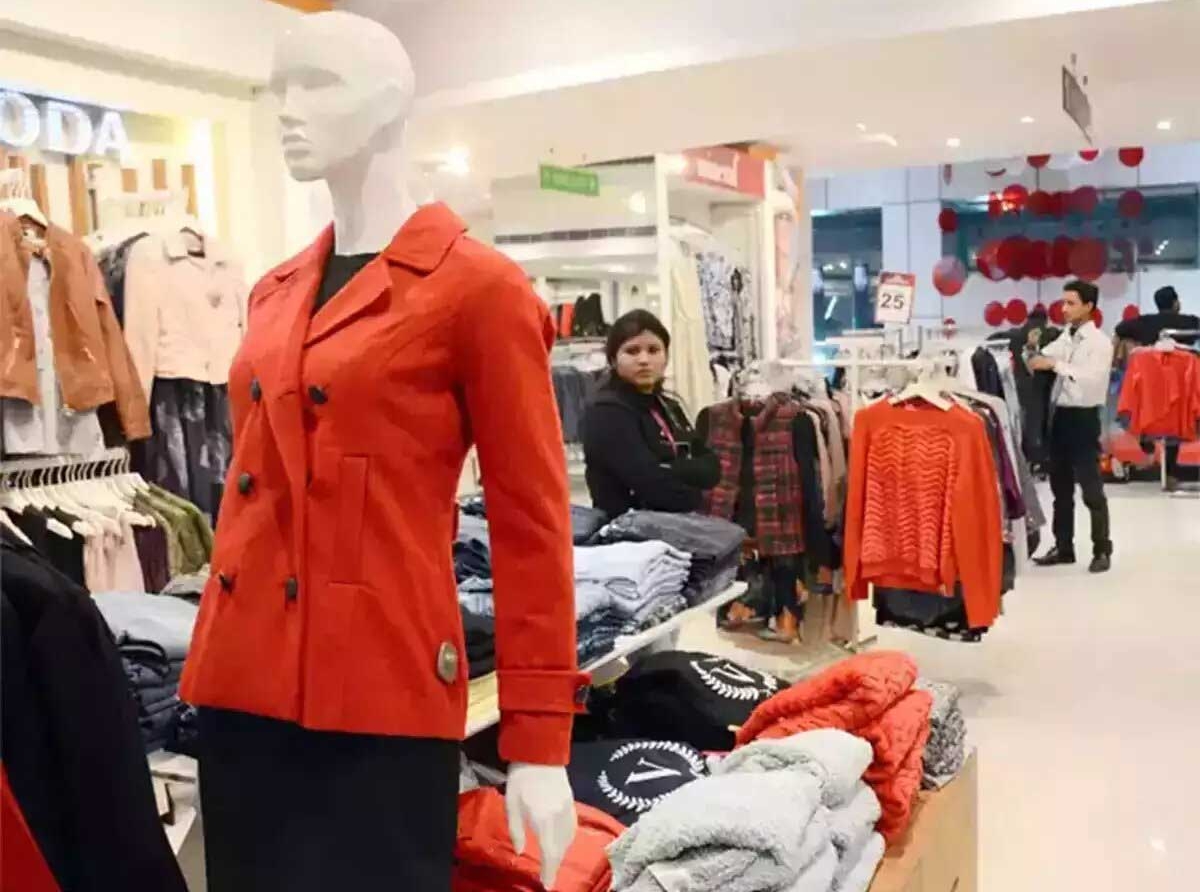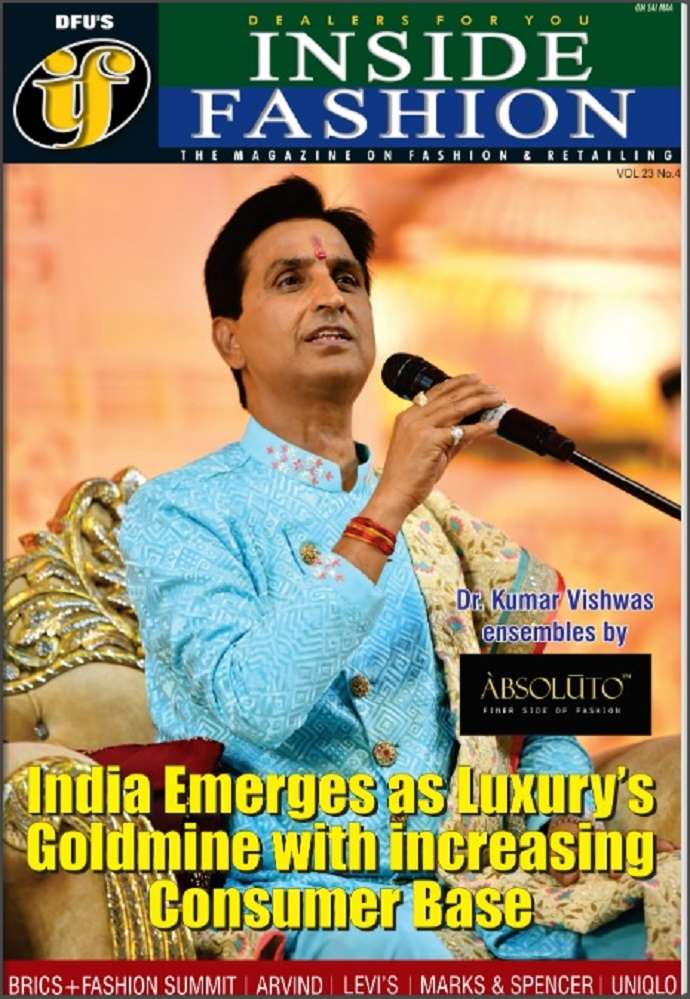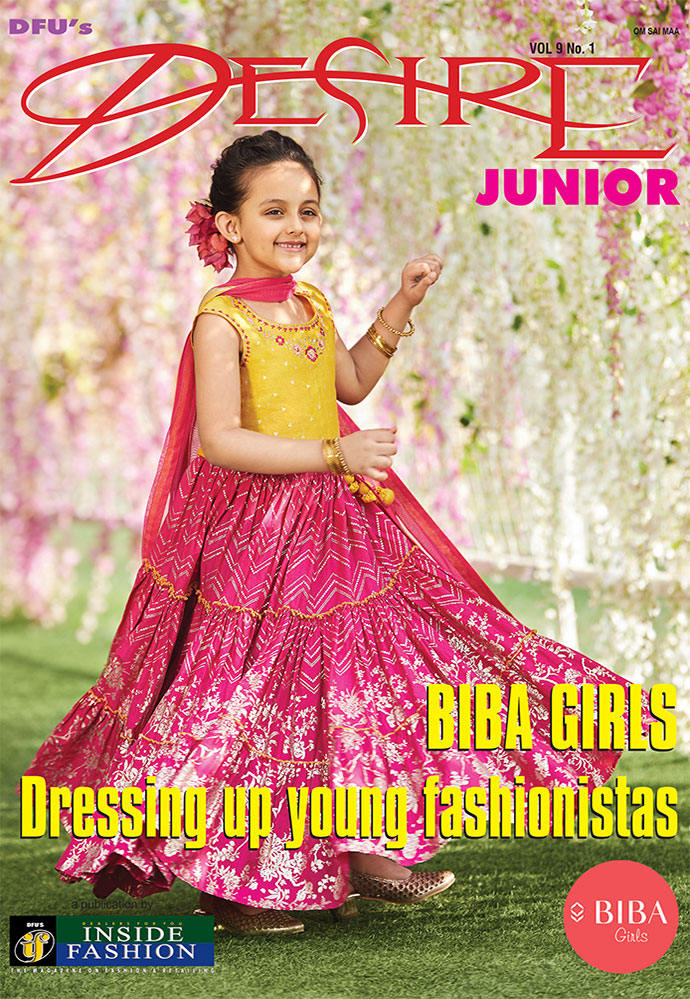Year 2024 wrap-up report of Indian women’s wear sector

02 January 2025, Mumbai
The past year has seen evolving tastes, economic shifts, and digital disruption in the Indian women’s wear sector. It was marked by a fascinating interplay of factors that reshaped consumer behavior and spending patterns. This report looks at the key trends, winners and losers, and the overall performance of the industry, offering insights into what lies ahead in 2025.
Pivotal factors of 2024
Several factors played a pivotal role in shaping the women’s wear market in 2024.
First economic volatility and inflationary pressures impacted consumer spending, leading to a greater emphasis on value for money. What’s more e-commerce continued growing, with platforms like Myntra, Ajio, and Nykaa Fashion witnessing higher traffic and sales. Social commerce also emerged as a strong force, particularly among Gen Z and millennials.
Consumers increasingly sought versatility and comfort, blurring the lines between formal, casual, and athleisure wear. Sustainability and ethical sourcing also gained traction. The continuation of hybrid work arrangements influenced demand for comfortable yet stylish clothing suitable for both home and office settings.
While overall growth remained positive, the sector faced some pressures. Initial projections anticipated a growth rate of 10-12 per cent driven by higher disposable incomes and a growing female workforce. However, the actual growth is estimated at around 8-9 per cent, reflecting the impact of economic uncertainties.
Table: Sectorwise projected and actual growth
|
Sector |
Projected growth (%) |
Actual growth (%) |
|
Overall Women’s wear |
10-12 |
8-9 |
|
Formalwear |
8-10 |
6-7 |
|
Casualwear |
12-14 |
10-11 |
|
Westernwear |
10-12 |
8-9 |
|
Knitwear |
7-9 |
6-7 |
|
Athleisure |
15-17 |
13-14 |
|
Denimwear |
9-11 |
7-8 |
|
Ethnic Wear |
11-13 |
9-10 |
(Source: Industry estimates and market research reports from firms like Statista and Technopak)
As the table indicates, while most sectors experienced growth, the actual figures fell short of initial projections. This can be attributed to factors like reduced consumer spending in discretionary categories and increased price sensitivity.
Trends shaping the sector
Fusion fashion: The fusion of Indian and Western styles continued to gain popularity, with consumers embracing Indo-Western wear and contemporary interpretations of traditional garments.
Personalization: Brands increasingly offered personalized experiences, from customized sizing and styling recommendations to curated collections based on individual preferences. Ritika Bharwani, founder of Lovebirds Studio, points out, "We are seeing growing demand for personalized experiences and inclusive sizing. Brands that can cater to these needs will resonate with consumers and build lasting relationships."
Inclusivity: The industry witnessed a growing emphasis on inclusivity, with brands expanding size ranges and featuring diverse models in their campaigns.
Winners and losers
Certain clear winning and losing trends emerged in 2024.
Winners
Direct-to-consumer (D2C) brands: Leveraging digital channels and personalized experiences, D2C brands like The Souled Store and Bewakoof.com gained significant traction.
Sustainable and ethical brands: Consumers increasingly favored brands prioritizing sustainability and ethical practices, such as No Nasties and Ka-Sha.
Athleisure and loungewear brands: The growing focus on comfort and wellness fueled the demand for athleisure and loungewear, benefiting brands like HRX and BlissClub.
Losers
Traditional retailers: Many traditional retailers struggled to adapt to the rapidly evolving digital landscape and changing consumer preferences.
Fast fashion brands: While still popular, fast fashion brands faced increasing scrutiny over their environmental and social impact.
Among some clear winners was Nykaa the platform successfully captured the growing demand for online fashion, offering a wide range of brands and styles, personalized recommendations, and a seamless shopping experience. Similarly, by offering trendy designs at affordable prices, Zudio has rapidly expanded its presence across India, catering to the value-conscious consumer.
Outlook for 2025
The Indian womenswear market is projected to reach $65 billion by 2025, driven by increasing urbanization, a growing female workforce, and rising disposable incomes. Anant Daga, Managing Director, TCNS Clothing says, "The Indian women’s wear market is incredibly dynamic and evolving rapidly. Brands that can adapt to changing consumer preferences, leverage technology effectively, and prioritize sustainability will be well-positioned for success."
In fact, several factors are expected to shape the women’s wear sector in 2025. Artificial intelligence (AI) and machine learning (ML) will play a greater role in personalizing recommendations, optimizing inventory, and enhancing the customer experience.
With consumers returning to physical stores, brands will focus on creating immersive and engaging experiences that go beyond traditional shopping. Consumers also will continue to seek value for money and prioritize brands that align with their ethical and environmental values.
With growth come opportunities; for example, Tier II, Tier III cities will offer significant growth potential due to increasing aspirations and exposure to global trends. Brands will need to effectively utilize e-commerce, social media, and other digital platforms to reach and engage consumers. Incorporating technology into fabrics, offering personalized sizing and styling solutions, and creating adaptive clothing will be key differentiators.
The Indian women’s wear sector is navigating a period of transformation, with evolving consumer preferences, technological advancements, and economic shifts. With innovation, prioritizing sustainability, and focusing on customer-centricity, brands can thrive in this dynamic market.
























